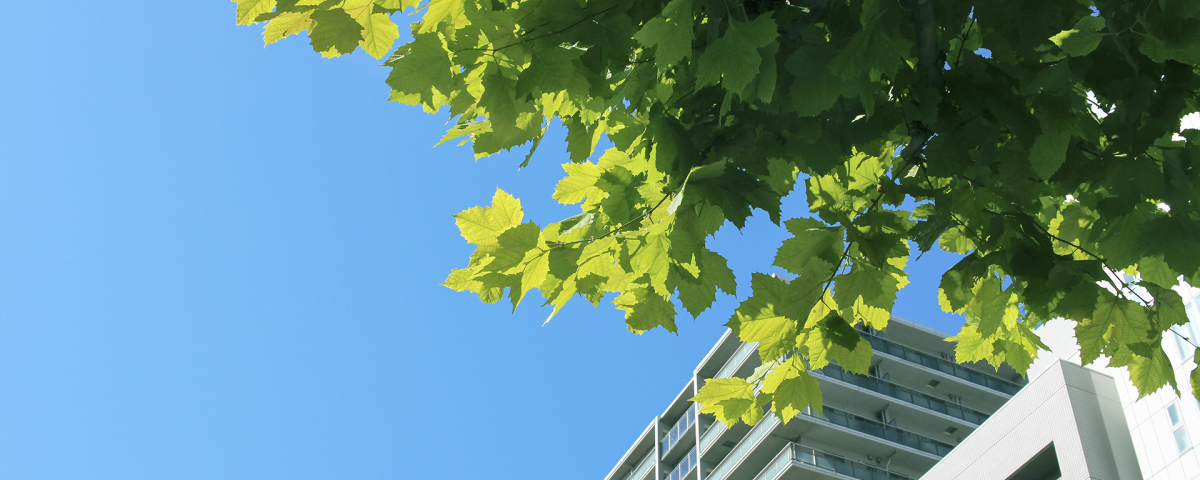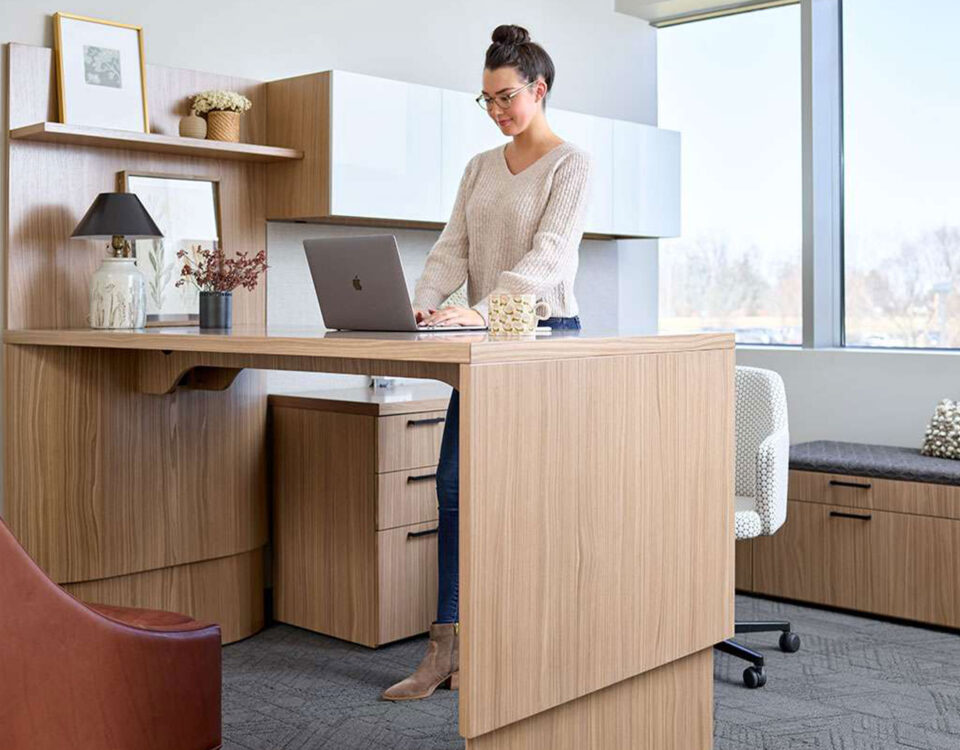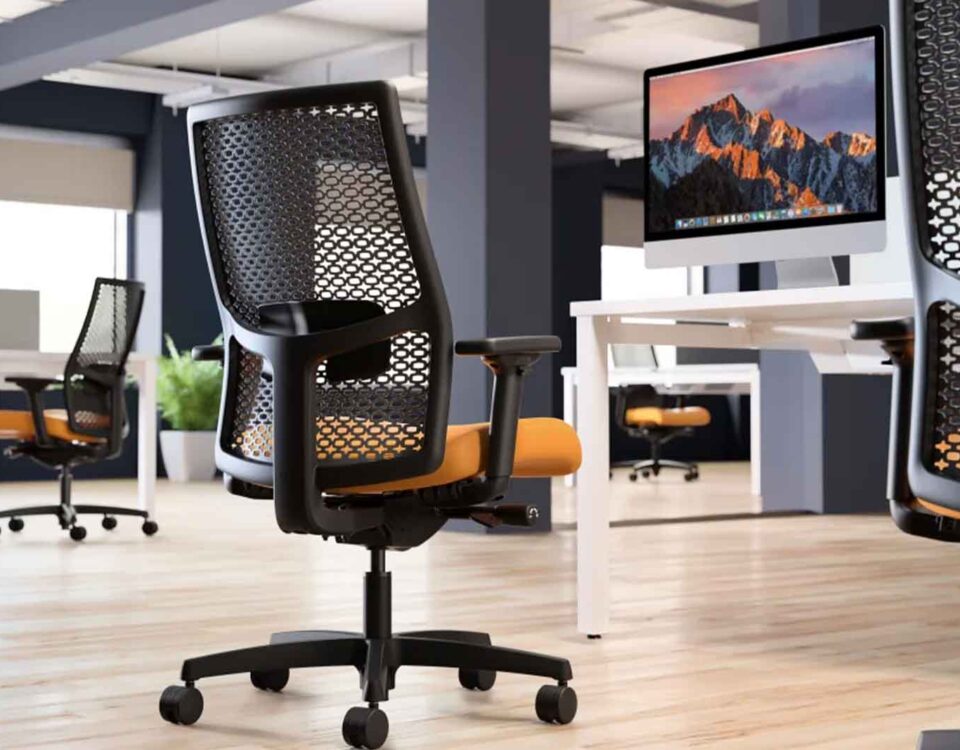Everything About LEED Certification & Environmental Design

Interiors by Guernsey: The Perfect Relationship
February 14, 2019
Ergonomics 101: Importance of Ergonomics in the Workplace
May 14, 2019READ TIME: 3-5 Mins
So, this whole time I thought it was spelled LEAD instead of LEED. But hey, we live and we learn. I’m sure I wasn’t the only one who got that mixed up… hopefully. Following that initial fiasco, I researched into what all the buzz was about LEED certification. Needless to say, I was more interested than I thought I would be. Here’s the breakdown.
What does LEED Mean?
LEED stands for Leadership in Energy and Environmental Design, a certification sought out globally in efforts of going more “green” in the buildings we inhabit. Sustainability has been a topic of discussion during the past few decades. Yes, I am talking about those time-lapse videos on how all the ice is slowly melting and how the world will look in 2050. With anything we do today, the big question is – “Is this safe for the environment?” People have grown accustomed to looking for a green leaf or a recycling symbol on the products and services they buy. It’s either you have it, or you don’t, which may be the deal breaker for some.
The US Green Building Council (USGBC) first developed the LEED certification program over 20 years ago as a framework for design, construction, and operations for buildings of all categories. A standard has been constructed upon projects to build with a purpose. It encourages building planners and teams to operate under the umbrella of sustainability by using the right tools and resources. Being LEED-certified not only benefits the environment, but there are many reasons to get verified under LEED:
- Brand recognition as a leader in sustainability
- Fostering a place of healthy goals and best practices
- Increase in your building’s financial value
- Boost for both the contractor and building owner
- A building created for the community, occupants, and its surroundings
USGBC has recently updated to a newer version of LEED, v4.1, in order to adapt to a world that is constantly changing. The goal is to improve and be more inclusive of current benchmarks. They describe it as, “bigger, stronger and bolder”.
LEED classification can be broken down into several categories.
- Building Design & Construction
- Building Operations & Maintenance
- Interior Design & Construction
- Homes
- Neighborhood Development
You can learn more about the details of each LEED classification on U.S. Green Building Council Website.
How Does A Building Get LEED Certified?
LEED certification occurs under several categories ranging from Water Efficiency, Innovation, Location & Transportation and more. Each category offers points you can earn for meeting its requirements. The certification starts off with 40 points and as you rack up more points you reach higher rating tiers: Silver (50-59 points), Gold (60-79 points), and Platinum (80+ points). After choosing the appropriate credits aligned with your project, make sure you have the right equipment to get the job done. The LEED Credit Library outlines all applicable credits and how they can be earned.
Why Does LEED Certification Matter?
Interiors by Guernsey aims to be environmentally conscious for healthy and sustainable outcomes. We prioritize the use of greener products and practices while simultaneously reaching your goals hand-in-hand. During the manufacturing process, goods are exposed to many toxic chemicals. We work with the right people to get you the most environmentally sound products at an affordable price range to complete your space planning and design. Interested in learning more about LEED certification?
Talk to our team, we will be glad to help you earn your LEED credits!




